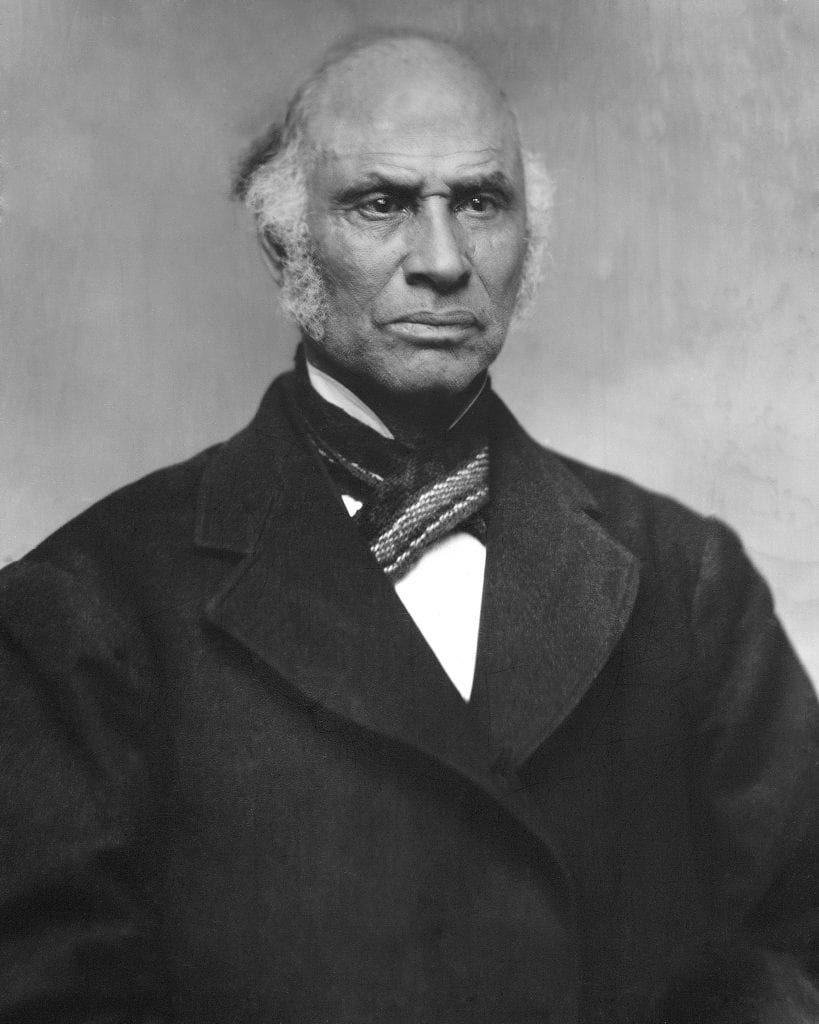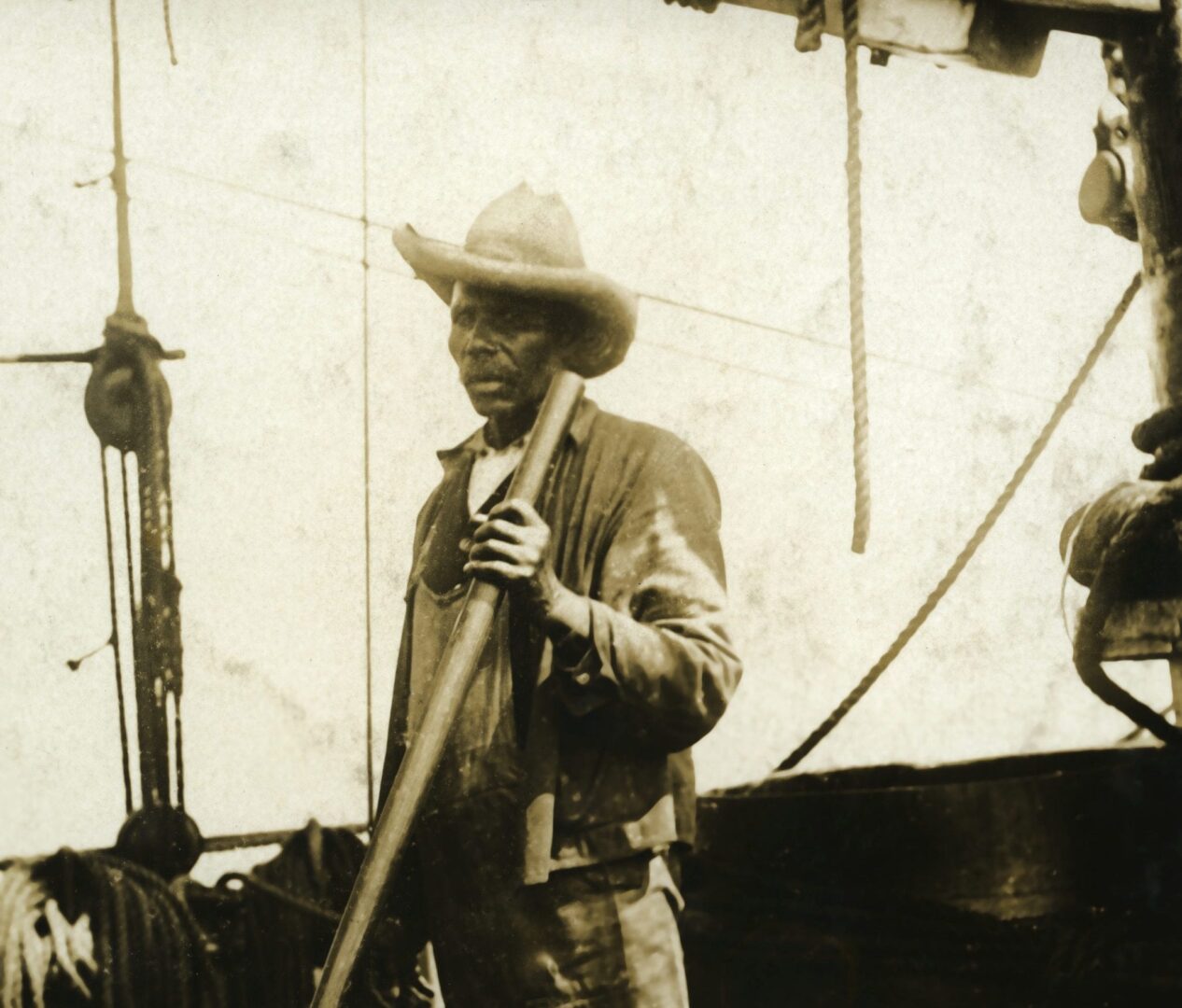MYSTIC — “From where I sit, unless we begin to tell these stories about who and what we are as a nation, then how do we confront the present if we do not fully grapple with the past,” said Anthony Bogues, director of the Center for the Study of Slavery and Justice at Brown University.
The center has begun a collaborative project with Mystic Seaport Museum and Williams College on “Reimagining New England Histories: Historical Injustice, Sovereignty and Freedom,” which will examine the connections between the dispossession of Native American land, the slavery and subjugation of African Americans and indigenous peoples, and colonialism.
The three-year project is funded by a $4.9 million grant from The Andrew W. Mellon Foundation as part of Just Futures Initiative, an invitation-only competition that was extended to 38 colleges and universities for proposals addressing issues of injustice, racism and inequality.
“One of the impetuses for putting this grant together was to revisit and critically examine mythologies in New England,” said Christine DeLucia, assistant professor of history at Williams College.

“One of the central parts of this project has to do with place, with land, with the massive and detrimental dispossession of native nations, and to look more critically at how that happened and then to connect that with histories of enslavement that were pervasive in New England,” she said. “There’s often this mythology that New England did not participate in any really substantive way in histories of slavery in North America and that is absolutely untrue.”
DeLucia said acknowledgement of the enslavement of indigenous people and African Americans in New England is not a new discovery.
“Communities have long known and taken care of these histories, very painful histories. But, to be able to connect these different pieces, to offer a fresh and critically minded vantage on the northeast and also its connections to places like the Caribbean, to the Atlantic world to West Africa to the rest of the Americas, helps put New England in a very different kind of frame, and we hope will invite people to engage much more deeply and critically,” she said.
The project will result in four components: a new research cluster at the Brown center, an online “decolonial archive” that will include recorded community conversations, expanded cross-disciplinary courses at all three institutions focusing on colonialism and injustice in early America, and a major exhibition at the seaport museum. Plans are in the works for educational opportunities for all ages, including K-12 programs.
The seaport museum exhibition will focus on a diverse collection of artifacts and narratives from New England communities and will run from Fall 2023 to Summer 2024.
“Our goal is to use this exhibition to revisit all the narratives that we tell at the moment and to expand on those, bring them to the present and to address current social issues of the day,” said Christina Connett Brophy, senior director of museum galleries and senior vice president of curatorial affairs.
She said the museum will hire two curators for the project who look at the gaps in the artifact collection and work to fill in those gaps.
“One of the taglines that I like very much for projects like this is ‘no story is about us without us,’ and really what that means is our not telling people’s story without listening to what stories they want to hear and what stories are relevant to them,” she said.
Bogues said it was essential to consider the relationship between the displacement of Native Americans and racial slavery in the early history of New England, a connection he said he and his colleagues have discussed for over a year.
“One of these ideas is that there is innocence, particularly in New England, that somehow New England is about abolitionism,” he said. “We want to complicate that innocence — that will shake up our understanding of ourselves.”
He said the project will also address historic discrimination in the context of academia and museum work.
“A lot of the ethos of this project is to think about underrepresented groups in the museum world or academic world. We are thinking about the curators we will hire, the post docs. We cannot practice a certain innocence that somehow underrepresented groups — African Americans and indigenous people — are fully integrated into curatorial positions and academia, that is not so,” he said. “Our practice will reflect our thinking about how you change the lack of representation.”
The project will raise questions that have not been asked, said Leticia Smith-Evans Haynes, vice president for Institutional Diversity, Equity, and Inclusion at Williams College.
“These things are not new, but one way to think about it is what’s been buried and what’s been lifted up,” said Haynes. “Generally speaking, you’re only hearing one narrative and oftentimes, there’s an absence of the contributions of people who have been historically oppressed in this society.”
Banner image: This whaleman, shown on board an unknown vessel, has been identified by family members as Charles W. Morgan crewmember Joe Gomez, a Cape Verdean-born man who later settled in New London, CT. Portuguese-speaking Cape Verdeans constituted 11% of the ship’s crew over the time. ©Mystic Seaport Museum, 2009.22.84.

